Introduction
Architectural rendering stands at the intersection of creativity and technology, serving as a vital tool in the visualization of design concepts before they reach the construction phase. This intricate process not only allows architects to communicate their visions with precision but also enables stakeholders to engage with projects in a meaningful way, fostering a shared understanding of the intended outcomes.
As the industry increasingly embraces advancements such as AI, real-time rendering, and cloud computing, the quality and effectiveness of these visualizations are set to reach new heights. With the architectural rendering market projected to experience significant growth in the coming years, understanding the nuances of this practice becomes essential for professionals aiming to elevate their projects and enhance client satisfaction.
This article delves into the importance of architectural rendering, the factors influencing client perceptions, and the technological innovations that are reshaping the landscape of design visualization.
Defining Architectural Rendering: Importance and Applications
Architectural visualization serves as a crucial process in the creation of two-dimensional images or animations that effectively represent proposed architectural designs. This practice is essential for visualizing concepts prior to the commencement of construction, enabling stakeholders to understand how the final project will look and function. High-quality visuals adeptly illustrate materials, lighting, and spatial relationships, thereby facilitating a comprehensive grasp of design intent.
Importantly, the incorporation of AI technology plays a crucial part in producing lifelike computer-generated (CG) humans, which not only improves the realism of visualizations but also assists in bridging the uncanny valley, making these images more relatable to viewers. The uses of design visualization are extensive, ranging from residential properties to large-scale business projects, highlighting its adaptability in the industry. Moreover, townhome visuals have emerged as a powerful marketing tool in real estate development, effectively showcasing projects to potential buyers.
In 2023, market leaders such as Adobe and Autodesk held over 24% of the design visualization market share, indicating the increasing dependence on advanced visualization technologies. As the global digital asset management (DAM) market, valued at $3.96 billion, is expected to reach $16.18 billion by 2032, the demand for effective visualization solutions continues to rise. This trend emphasizes the growing significance of architectural visualization not only in building endeavors but also in design representation, allowing architects to showcase their ideas with accuracy and clarity.
Furthermore, specialized 3D visualization services facilitate enhanced communication between homeowners and builders, ensuring that design intentions are accurately conveyed and understood. Our customers have consistently commended our efforts, with testimonials emphasizing how our architectural rendering client ratings showcase our ability to realize their ideas and enhance results. Notably, as Zippia reported, women architects earned 92% of what men earned in 2022, bringing attention to the ongoing issue of gender equity within the profession.
Furthermore, the educational routes leading to prosperous professions in design—such as architecture (64%), environmental design (8%), and technology in design (4%)—highlight the essential role that these fields play in mastering visualization techniques. Ultimately, successful building visualizations have become essential tools for conveying design intent and obtaining stakeholder endorsements across various projects, showcasing our expertise and commitment to excellence in 3D design.
Key Factors Influencing Client Ratings in Architectural Rendering
Several critical factors significantly influence client ratings in architectural rendering projects:
Quality of Work: The clarity, detail, and realism of the visuals are essential benchmarks for customer satisfaction at J. Scott Smith Visual Designs. Clients demand photorealistic images that not only capture the design intent but also convey an accurate representation of the final product. High-quality architectural illustrations for both interior and exterior projects, including detailed visualizations and site documentation, are paramount as the industry is projected to be worth $4.59 billion in 2024 and expand to $16.18 billion by 2032. This quality assurance is deeply rooted in our commitment to customer satisfaction, as reflected in the architectural rendering client ratings and genuine testimonials from our customers.
Establishing effective communication throughout the rendering process is vital for fostering trust and ensuring customer satisfaction. Timely updates and transparent dialogue about progress and potential challenges can significantly enhance the customer’s confidence in the project, reflecting our dedication to building lasting partnerships.
Responsiveness: The ability to provide quick replies to customer inquiries or concerns is indicative of a designer’s professionalism. Clients appreciate a proactive approach that addresses their needs swiftly, contributing to a positive overall experience.
Adherence to Deadlines: Meeting agreed-upon deadlines is a reflection of reliability and respect for the time and investment of the person involved. Punctuality not only strengthens the professional image of the firm but also aligns with customer expectations regarding delivery. Insights from our customers highlight how adherence to timelines and budgets is essential for their satisfaction, as illustrated in our case studies.
Advice for Employing 3D Visualization Services: When looking for quality 3D design services, consider the following suggestions:
- Review a portfolio that displays a variety of styles and projects.
- Seek feedback from past customers.
- Verify that the provider has an effective communication process.
Engaging with firms that prioritize collaboration with customers can lead to more satisfactory outcomes.
In summary, concentrating on these essential elements, along with authentic customer feedback, can result in enhanced satisfaction and higher architectural rendering client ratings for design services. As one of our customers observed, ‘The attention to detail and commitment to our vision exceeded our expectations, making the entire process seamless and enjoyable.
Technological Innovations Shaping Architectural Rendering Quality
Recent technological advancements are fundamentally changing the quality of design visualization, greatly improving customer interaction and project results. Architectural visualization offers an immersive experience that fosters a deeper connection between prospective homeowners and their future residences, setting the groundwork for strong community ties. The design visualization market is estimated to hold a value of $4.59 billion in 2024 and grow to $16.18 billion by 2032, showcasing a CAGR of 17.0% throughout this timeframe, which highlights the importance of these developments.
Key advancements include:
- Real-time Rendering: Utilizing tools such as Unreal Engine, architects can create interactive environments that clients can explore in real-time, facilitating immediate feedback and fostering a collaborative design process.
- Cloud Computing: The emergence of cloud-based visualization services has transformed design workflows, allowing quicker processing times and effortless collaboration among multidisciplinary teams. This shift improves efficiency and enhances project coordination and communication, eliminating design misunderstandings.
- AI and Machine Learning: These technologies are increasingly integrated into design visualization workflows, automating repetitive tasks and optimizing processes. By leveraging AI, designers can dedicate more time to creative elements, ultimately enhancing output quality.
- Enhanced Software Tools: Advanced rendering programs like Lumion and V-Ray are at the forefront of producing highly realistic visualizations, significantly enhancing user understanding and satisfaction through detailed interior renderings that showcase functionality and aesthetics.
Moreover, as mentioned by The Architect’s Newspaper, there were 35,621 candidates actively working on licensure, indicating a growing interest and investment in the design field. Additionally, augmented reality (AR) and virtual reality (VR) technologies are set to transform stakeholder engagement in the AEC industry in 2024.
Architects will use AR to overlay digital models onto physical sites, enhancing design accuracy, while VR will enable stakeholders to virtually navigate through digital buildings, facilitating improved feedback and understanding of spatial experiences before construction. Collectively, these innovations not only enhance the quality of architectural renderings but also establish new standards for architectural rendering client ratings and satisfaction in the industry. Notably, pre-sales visualization serves as a tangible asset that ignites interest and investment, generating crucial revenue for construction endeavors.
For instance, a recent initiative demonstrated how early visualization resulted in a 30% rise in pre-sales, illustrating the effectiveness of this method in improving customer engagement and acquiring funding.
Best Practices for Enhancing Client Satisfaction in Architectural Rendering
To improve customer satisfaction in architectural visualization, the following best practices should be implemented, taking into account architectural rendering client ratings:
Set Clear Expectations:
At the outset of any project, it is crucial to establish clear timelines, deliverables, and communication protocols. This transparency lays the foundation for a successful partnership.Incorporate Customer Feedback:
Actively seek customer input throughout the execution process to ensure alignment with their vision. Our team collaborates closely with you, making necessary adjustments based on your feedback and utilizing state-of-the-art software to enhance precision.
Regular feedback loops foster collaboration and demonstrate a commitment to achieving high architectural rendering client ratings.
Engage in the Design Phase:
In the design phase, we produce initial visuals based on the gathered information. This iterative process includes incorporating your feedback and making adjustments to ensure the renderings accurately reflect your vision.Provide Multiple Revisions:
Allow for a reasonable number of revisions to ensure the final product meets or exceeds customer expectations. This flexibility can significantly improve architectural rendering client ratings.Deliver High-Quality Visuals:
Consistently aiming for the utmost quality in visuals is crucial for surpassing customer expectations and building a strong reputation in the industry. We utilize meticulous attention to detail, ensuring that our renderings are both visually stunning and technically precise.Follow Up After Delivery:
Post-delivery engagement is vital; check in with customers to gather feedback and address any concerns. This practice not only reinforces your commitment to their satisfaction but also contributes to improved architectural rendering client ratings and opens avenues for future collaboration.
By collaborating with customers throughout the design phase, we ensure that their vision is realized, leading to a more successful outcome.
Leveraging Client Feedback to Improve Architectural Rendering Services
Client feedback acts as a vital resource for improving design services, offering insights that can result in notable enhancements. At J. Scott Smith Visual Designs, we prioritize collaborative planning, engaging customers thoroughly to gather essential materials such as architectural plans, design inspiration images, and specifications regarding finishes and fixtures for accurate renderings. This meticulous approach not only ensures that we capture every nuance of our customers’ visions but also fosters a partnership built on trust and commitment.
To effectively leverage this resource, consider the following strategies:
Solicit Testimonials: Following project completion, actively seek testimonials from customers that not only serve as endorsements but also enhance your marketing efforts. For instance, one customer remarked, ‘The attention to detail and responsiveness of the team exceeded my expectations.’
These testimonials are essential, as they can shape potential customers’ perceptions of your services.Conduct Surveys: Implementing comprehensive post-project surveys enables the collection of valuable data regarding customer satisfaction and potential areas for improvement.
This systematic approach helps identify specific attributes that customers appreciate and aspects that may require refinement.Analyze Ratings: Regularly reviewing customer ratings and feedback enables the identification of trends and recurring concerns.
By systematically analyzing this data, architectural firms can identify strengths and weaknesses in their service delivery as reflected in architectural rendering client ratings.Adapt Services: Utilizing the insights gained from customer feedback, firms can adjust their offered services to better align with customer expectations and preferences.
For instance, input from a recent project prompted us to improve our communication protocols, ensuring that stakeholders are informed regularly throughout the rendering process. This responsiveness not only enhances service quality but also fosters stronger relationships with customers.Showcase Improvements: It is essential to publicly acknowledge changes made in response to customer feedback.
This transparency fosters trust and shows that user opinions are not only valued but also essential to the ongoing enhancement of services. As noted in our case studies, feedback is pivotal in ensuring design integrity during renovation projects.
In today’s architectural landscape, incorporating customer feedback is paramount, as it not only enhances architectural rendering client ratings but also strengthens community engagement in urban planning processes. Moreover, the use of 3D models plays a crucial role in educating the public about architecture and design, further emphasizing the importance of client feedback in shaping effective urban planning.
Conclusion
Architectural rendering has emerged as an indispensable component in the design and construction industry, bridging the gap between conceptualization and realization. Through high-quality visualizations, architects are empowered to convey their design intentions with clarity, ensuring that stakeholders have a comprehensive understanding of the project. The integration of advanced technologies, such as AI and real-time rendering, not only enhances the quality of these visualizations but also fosters an engaging experience for clients, ultimately leading to improved project outcomes.
Key factors influencing client satisfaction, including the quality of work, effective communication, and responsiveness, play a critical role in establishing trust and ensuring successful collaborations. By adhering to best practices and actively soliciting client feedback, architectural firms can refine their services, adapting to the evolving needs of their clients. This commitment to excellence is further underscored by the industry’s projected growth, indicative of the increasing reliance on sophisticated rendering techniques to elevate design visualization.
In conclusion, as the architectural rendering landscape continues to evolve, the importance of delivering exceptional visualizations cannot be overstated. By embracing technological advancements and prioritizing client engagement, architects can not only meet but exceed expectations, leading to enhanced satisfaction and successful project outcomes. The future of architectural rendering is bright, with the potential to redefine how designs are communicated and realized, ultimately shaping the built environment for generations to come.
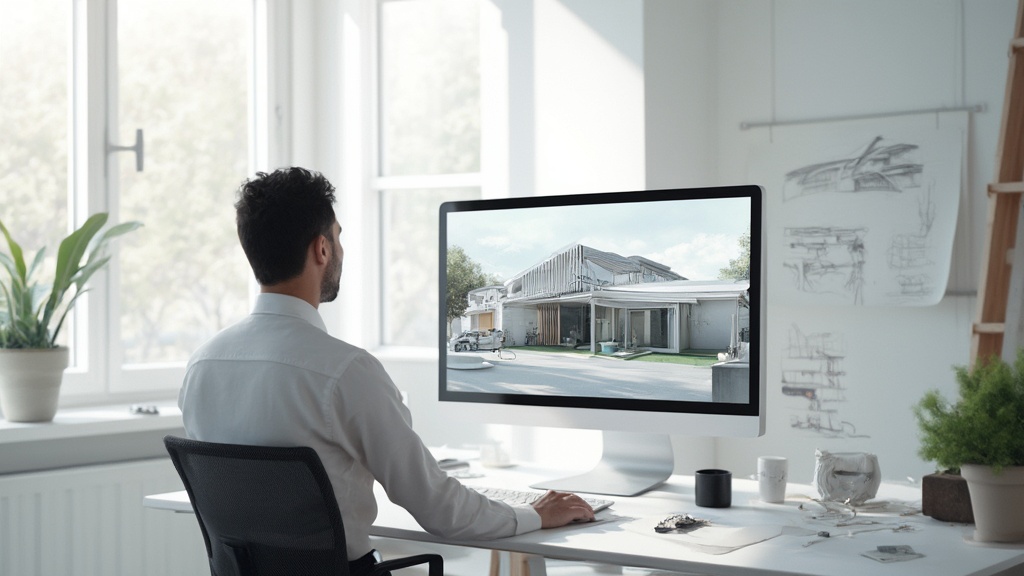
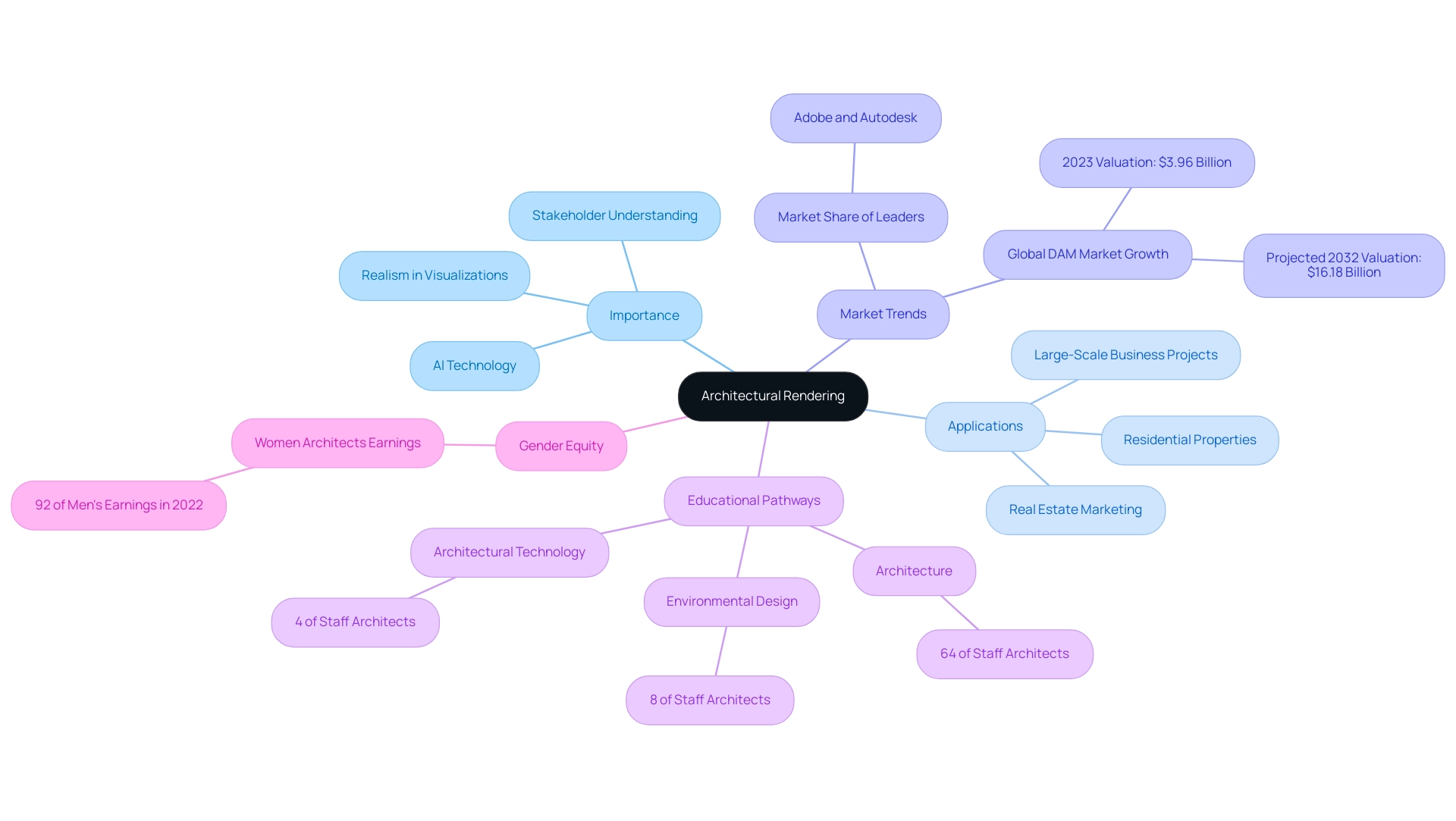
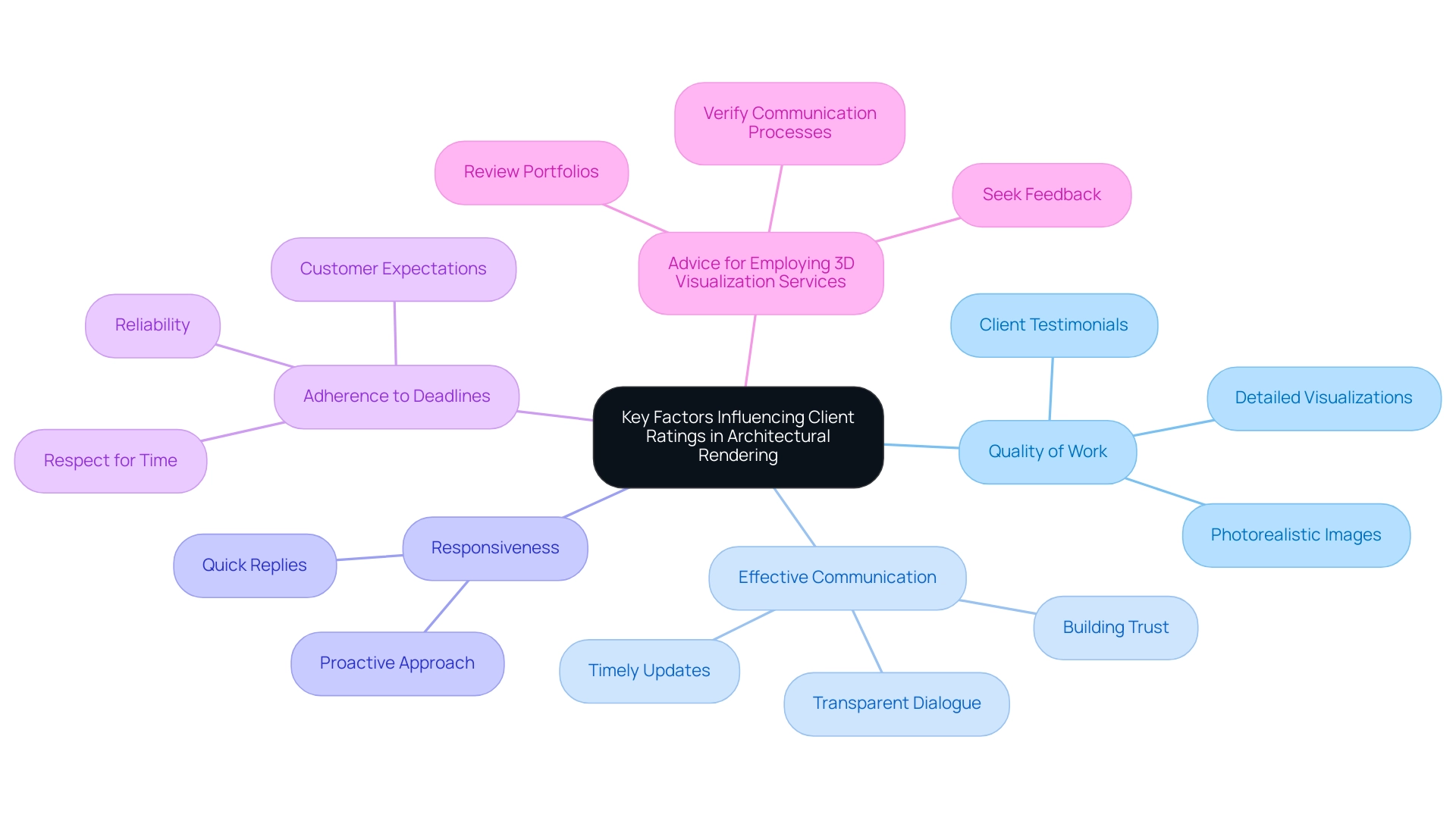
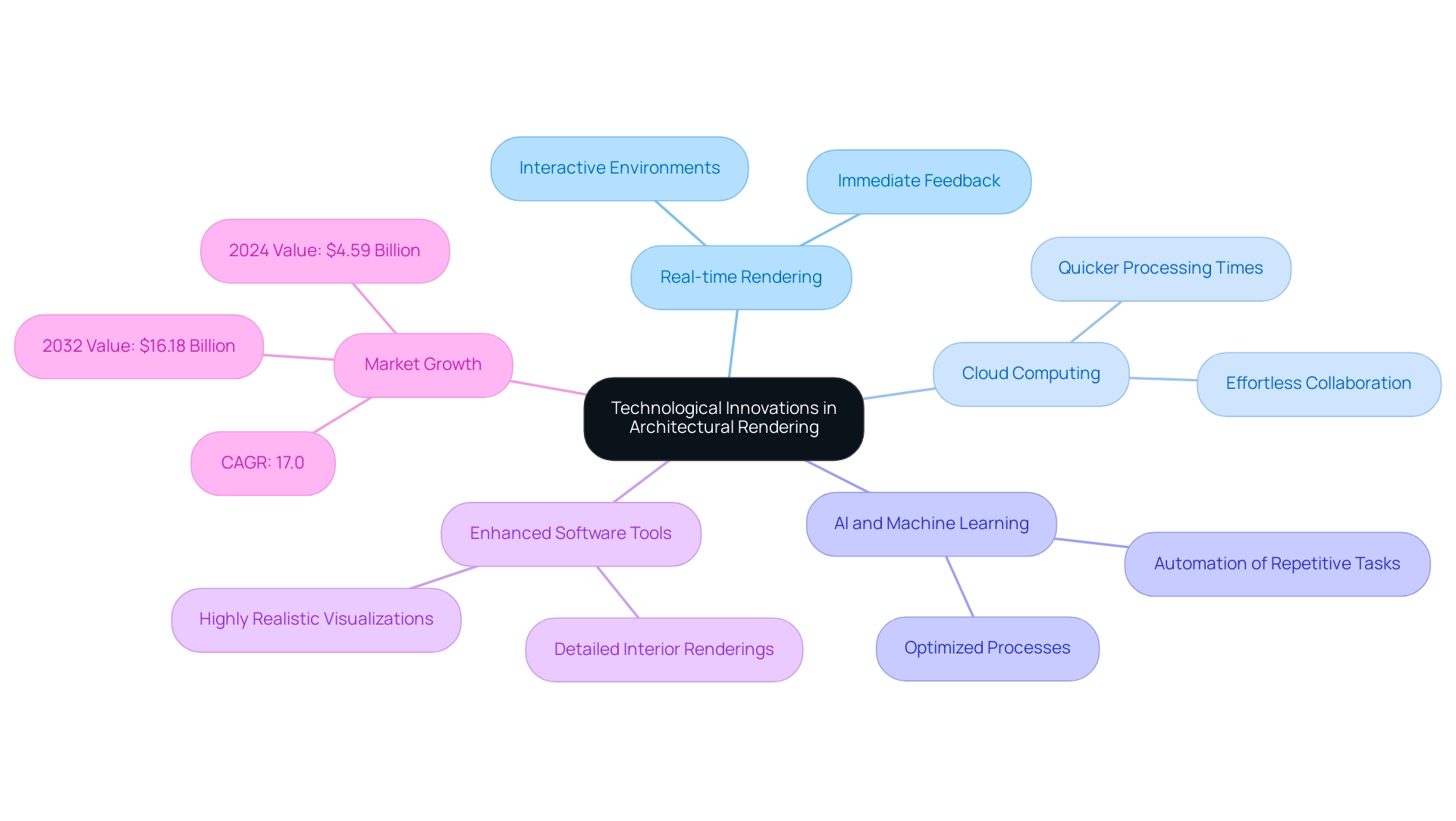
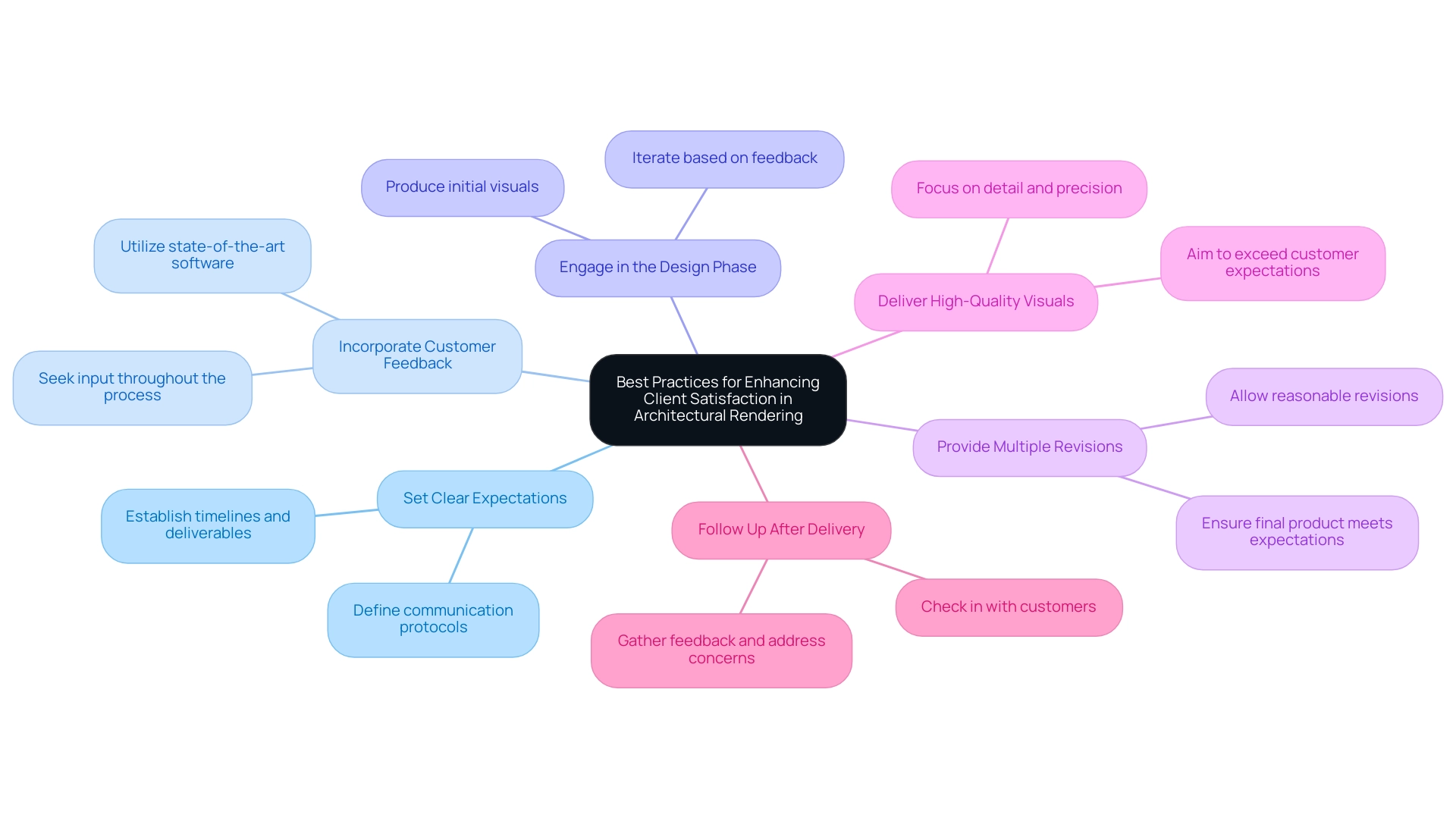
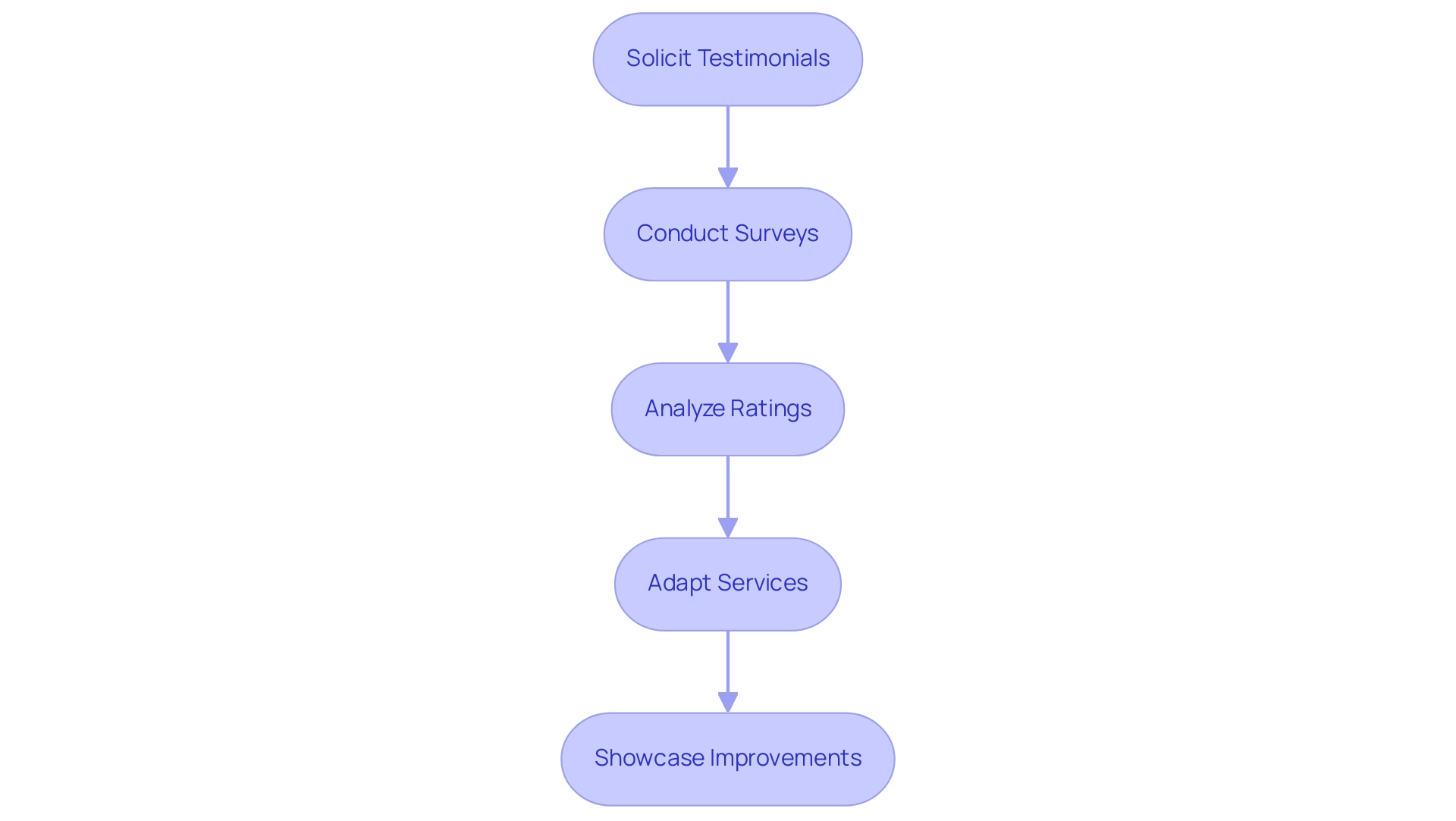
0 Comments